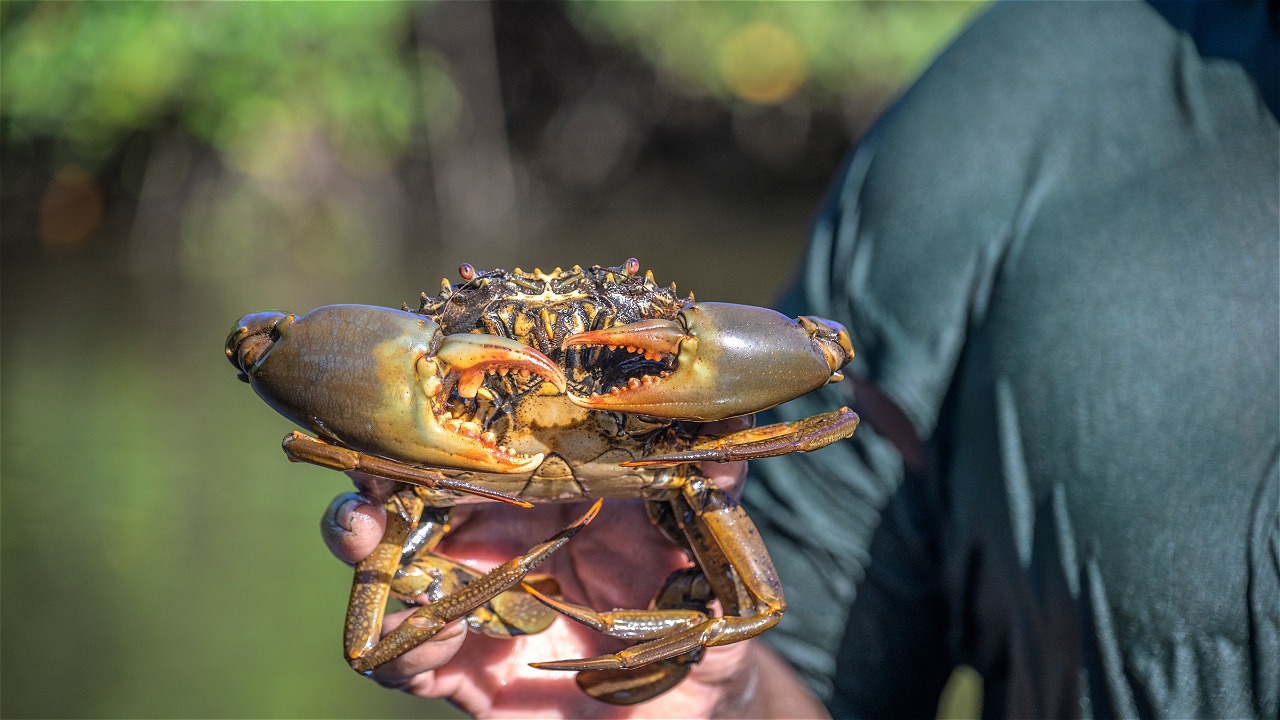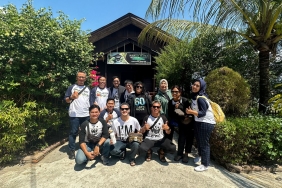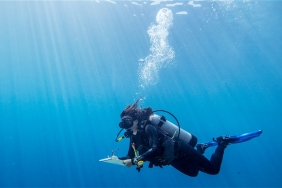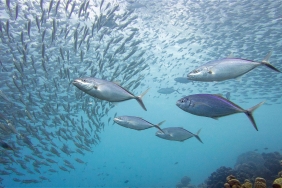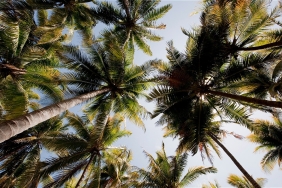A MUD CRAB STORY FROM BINTUNI BAY, WEST PAPUA
By: Munawir (Capture Fisheries Officer, WWF-Indonesia)
Mud crab (Scylla sp.) is one of the favorites of seafood lovers. Highly nutritious, thick-fleshed, and savory - three things that make this culinary so desirable. Mud crab is listed as a leading fisheries commodity in Indonesia. Demand for this culinary continues to increase, both in the domestic and foreign markets.
As one of the mangrove crab producing areas in Indonesia, Teluk Bintuni Regency, West Papua is supported by the presence of mangrove forests covering ±260 thousand hectares and covering 10% of the total mangrove forest area in Indonesia (Wibowo and Suyatno, 1998: 94). The increasing demand for mud crab commodities has triggered overfishing of the habitat.
"In terms of the number of crabs caught recently, it doesn't seem so different from 1996/1997, but if you look at the size of the crabs, they are getting smaller," said Suriyanto, one of the crab fishermen in Teluk Bintuni who participated in the identification practice of mud crab fishing in Teluk Bintuni Regency, August 29 - 31, 2018.
Mud crab fishing in Bintuni Bay, especially in Banjar Ausoy Village, is dominated by small fishing fleets under 10 GT (Gross Ton). Using a 15 PK outboard engine (Paarden Kracht / Horse Power), mud crab fishermen can conduct fishing activities for up to three consecutive days at the target location, then return to the mainland or fishing base.
The fishing gear used is bubu, a net-based trap specifically made to catch crabs. There are 2 types of bubu used by Banjar Ausoy Village fishermen, namely box and wadong (round-shaped) bubu.
The difference between these two fishing gear apart from the shape, also lies in the frame material used. For box bubu using an iron frame, while wadong using bamboo that has been thinned and then formed into a circle. In one fishing trip, Banjar Ausoy Village fishermen can bring up to 80 units of bubu which will be spread out at the fishing location. In a month, the average fisherman conducts fishing activities at least 4 trips, with a total catch of ± 400 kg to 1 ton.
Catch Size and Condition of Mud Crabs, Need to be Considered to Maintain Sustainability
Based on information from fishermen, the average weight of mangrove crabs caught ranges from 200 grams to 800 grams per head. The Regulation of the Minister of Marine Affairs and Fisheries of the Republic of Indonesia Number 56 of 2016 itself regulates the conditions for catching mangrove crabs, which are not in the spawning condition and with a carapace width size above 15 cm or weight above 200 grams per tail (note: there are several conditions that are adjusted at certain periods of time; read the full KP RI Regulation no 56 of 2016).
With reference to the regulation, there are two notes that become the main signs in the practice of mud crab fisheries, namely the catchable size and also the condition of the crabs caught, especially the female species, not in spawning condition. This is certainly a challenge for fisheries business actors starting from the fisherman level to the entrepreneur/industry level how to strive so that the business practices carried out are in accordance with the applicable rules and regulations.
From the identification results in Banjar Ausoy Village, it is known that the average crab fisherman at that location will release their catch back into their habitat if they get a size below 200 grams. This is in line with information from one of the crab collectors in the same location.
"Fishermen rarely take small-sized crabs (under 200 grams) besides because they already know about the rules, collectors will also not buy crabs at that size," said Mr. Maman.
To support sustainable fisheries, WWF-Indonesia as an implementing partner of the USAID Sustainable Ecosystems Advanced (USAID SEA) Project encourages the improvement of fisheries practices as a form of commitment in sustainable fisheries management.
With the results of this identification, it is hoped that it can be information for the preparation of fisheries improvement programs to ensure sustainability and sustainability, especially the mangrove crab commodity in Bintuni Bay Regency.

